Safety Culture Measurement and Improvement Studies
Security culture is the most important security indicator that shows the speed of an enterprise's foresight, correct evaluation and correct decision. With the effective measurement of the safety culture, a managerial roadmap can be created by determining the strategic target suitable for the industry.
Safety Culture
Effective safety culture studies implemented in the industry will bring human errors, uncontrolled interventions, and the possibilities of major accidents to acceptable levels. This will encourage the personnel to prioritize safety from a safety culture perspective and act with safety in mind. Safety culture studies not only enhance the effectiveness of safety management systems but also provide guidance in identifying and preventing human errors, which is one of the most crucial aspects of process safety.
Factors that suppress safety culture include the lack of management’s adoption and ineffective implementation of safety management systems. The Safety Management System should be integrated with the organization’s existing management systems. This way, the efficiency of the management system can be improved and aligned with the company’s culture. Failure at this stage will hinder the development of the required safety culture in the organization and make process safety unsustainable.
Companies should evaluate their safety culture periodically and improve their management systems accordingly. It should be remembered that without addressing human factors and conducting safety culture studies, the continuity of a management system is at risk.


Harmonization Studies
Under the scope of the “Regulation on Prevention of Major Industrial Accidents and Reduction of Their Effects” in Turkey, various works in different topics are required for process safety in facilities. We conduct harmonization studies in the following topics to help you prepare your process safety works in compliance with the regulations:
- Harmonization of Hazard Analysis
- Quantitative Risk Assessment Studies
- Harmonization of Safety Management System
- Harmonization of Maintenance Management System
- Risk-Based Inspection (RBI – API RP 581) studies
- Emergency planning and reporting
- Third party audits
- Safety Report control and reporting of deficiencies
Additionally, we provide support for external audits and harmonization works within the SQAS (Safety & Quality Assessment System) for warehouse and storage facilities to ensure compliance with European standards. By integrating your management systems under the SQAS framework, both safety and process improvement can be achieved.
Human Factors
The most significant factor influencing the frequency of major industrial accidents in safety management works is human errors. Human errors are identified as root causes in 60-80% of major accidents and catastrophic events. Controlling the situations where human errors are most commonly observed is crucial for managing the frequency of major industrial accidents. Change management and maintenance operations are among the activities most affected by human errors. In industrial facilities, the assessment of human factors plays a significant role in identifying hazards.
Our Services
Our Trainings
- The Importance of Visual Inspection in Hazardous Areas
- Safety Integrity Levels of Fire and Gas Systems and their Impact on Plant Reliability Objective
- Dust Explosions
- Static Electricity: Industry’s Hidden Danger
- Control and Crisis Management of Flammable/Explosive Atmospheres in Industrial Facilities


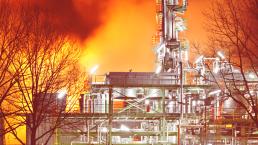
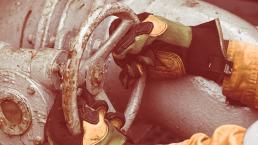
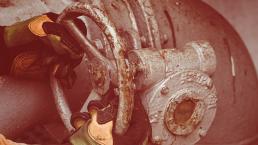

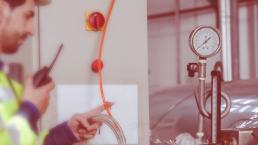



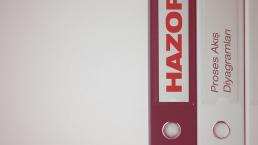


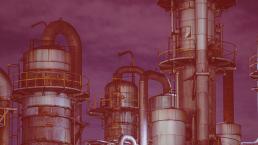

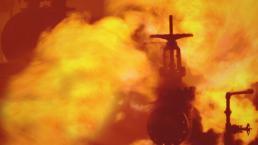

 Takipte Kalın
Takipte Kalın